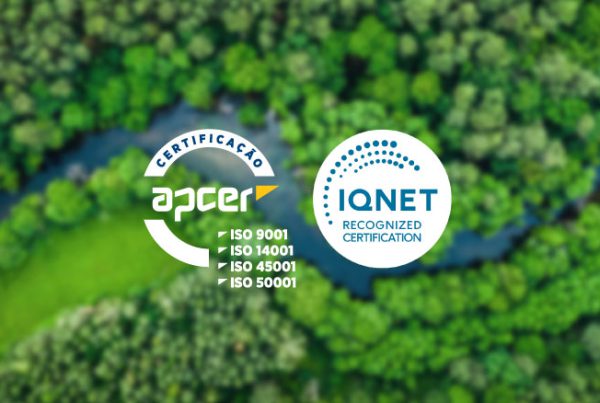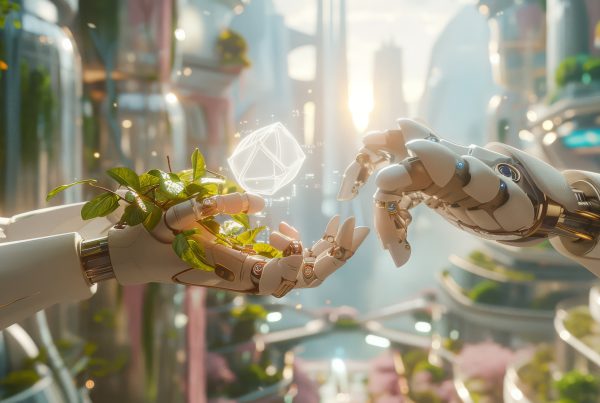”“I took a walk in the woods and came out taller than the trees.â€
Henry David Thoreau
Did you know that if we opened all the newest phones and split them in their component parts, we would become richer, with 85000 Kgs of gold in our hands? Nope? Neither did we!
And could you imagine that jumiles – that are small stink bugs – are toasted with garlic, lemon, and salt for a delicious meal in Mexico?

Our world is full of curiosities and our daily items do really have concealed lives! And, fortunately, the “Earth School†is willing to disclose them in a thrilling and rigorous way. But what is this educational website about?
The “Earth School†is an initiative of The United Nations Environment Programme (UNEP) and TED-Ed, that was launched to keep children and youngsters connected to nature.
In this unprecedent time when teachers are struggling to move to quality online lessons and parents are eager to keep their kids engaged and connected to the outside world, a group of experts was supported by National Geographic, WWF, and the BBC with excellence videos, articles, and interactive resources. So, the “Earth School†– launched on the Earth Day and to be concluded on the World Environment Day – covers an immersive 30-day nature-focused content for learners of all ages. If most of the themes may be more relevant to schoolers, kids aged 4 may already be or become sensitive to these issues with the proper help.
What you will find here is a collection of 30 questions in an all-inclusive look to relevant knowledge on society, nature, change, individual and collective action or just interesting and applicable information about things we use in our daily life.

The videos set on “The Nature of Our Stuff†target positive actions upon our planet, once we become aware of all the implications our daily consumptions may have.
Could you imagine that the production of smartphones’ components, for example, could affect “habitatsâ€, provoking animal flee, increasing water and air pollution, and bringing social problems, like people displacement and bad labour conditions for workers? “The Nature of Society†videos show us how we have been imitating nature to create our human ways of living. The third week presents us “The Nature of Nature†where we can learn that jungles can become deserts and riffs can become lifeless rocks. And change will be understood on the fourth week – “The Nature of Change†–, where we are invited to help rebalance the planet.
The collection of videos on “The Nature of Individual Action†explain us why our actions are infinitely valuable to live among others in our desirably structured cities. We are invited to enter a bees’ crime scene to understand why they are disappearing so fast making the honey price become higher. We also may learn that plants are, in fact, the ones that take care of us and not the other way around. Finally, we have “The Nature of Collective Action†available with small movies that present us new concepts: do you know that if you love the themes of sustainability and even if you don’t want to become a professional scientist you may become a prominent citizen scientist? This happens in a kind of crowdsourcing research where you may exchange expertise on these matters.
But it is not just about watching these movies. In fact, for each theme you may find the following set: a short and very well-designed video, a quiz, a bunch of additional resources to further explore and a space to chat in a real-time guided discussion.
So, if you are sinking into work and do not have time to hunt for materials and intentionally play around the proposals we usually give you, this week it is really easy and safe to let your kids dive alone into this world. All the website offers a pleasant user experience and it presents a strong didactical approach to themes that make us more purposeful and engaged citizens. But in the case you have curiosity and time for that, start watching the videos on your own and attract your kid’s attention with a tricky question about common things.
Like a flipped approach, you will light the child/youngster’s autonomous discovery attitude. After they have watched the movie, enter the scene and move into your shared and preferred territories. Are they debates? So, just talk through the exposed situations, creating solutions for them or new questions they may raise.
Are you more into hands-on activities? Then follow the suggestions along each video or make your own projects at home, whether they are more scientifically, sociologically, or philosophically oriented. As TED-Ed asks us: “What makes your heart beat faster?â€
Are you all willing to taste new flavours and cook with new ingredients, perhaps experimenting new and more sustainable food? And if you really like cooking, what menu will you create? But if you prefer communication and argumentation, how will you convince others to join this meal? Will it be through design and craft techniques or just letting a convincing appeal on your social networks? If you are more into poetry and emotional touch, learn with Luke Howard about the clouds, the rainbow, or the rain to conquer those elusive concepts that make written arts become so insightful to our hearts.

Or, finally, go into a very scientific project that engages all the family with a new leitmotiv: the reuse of old gadgets or the usage reduction of cotton t-shirts, for example.
In fact, it is all about engaging with a part of this world’s vastness with all our strengths, because it is certain that if you take such a walk on the woods you will come out taller than the trees, whether they are sequoias or Bhutan cypresses.
Contribution by:
Ana Mouta, Ana Paulino and Inês Sá Couto are Pedagogy Specialists at jp.ik.



